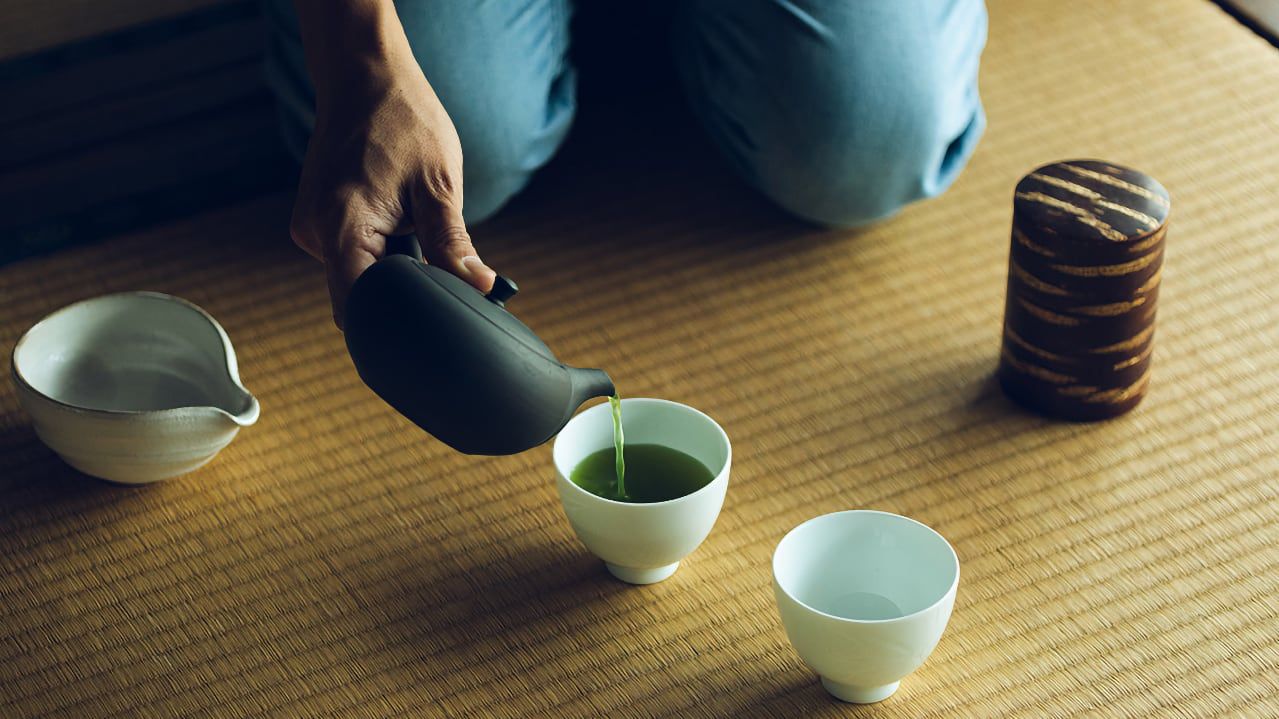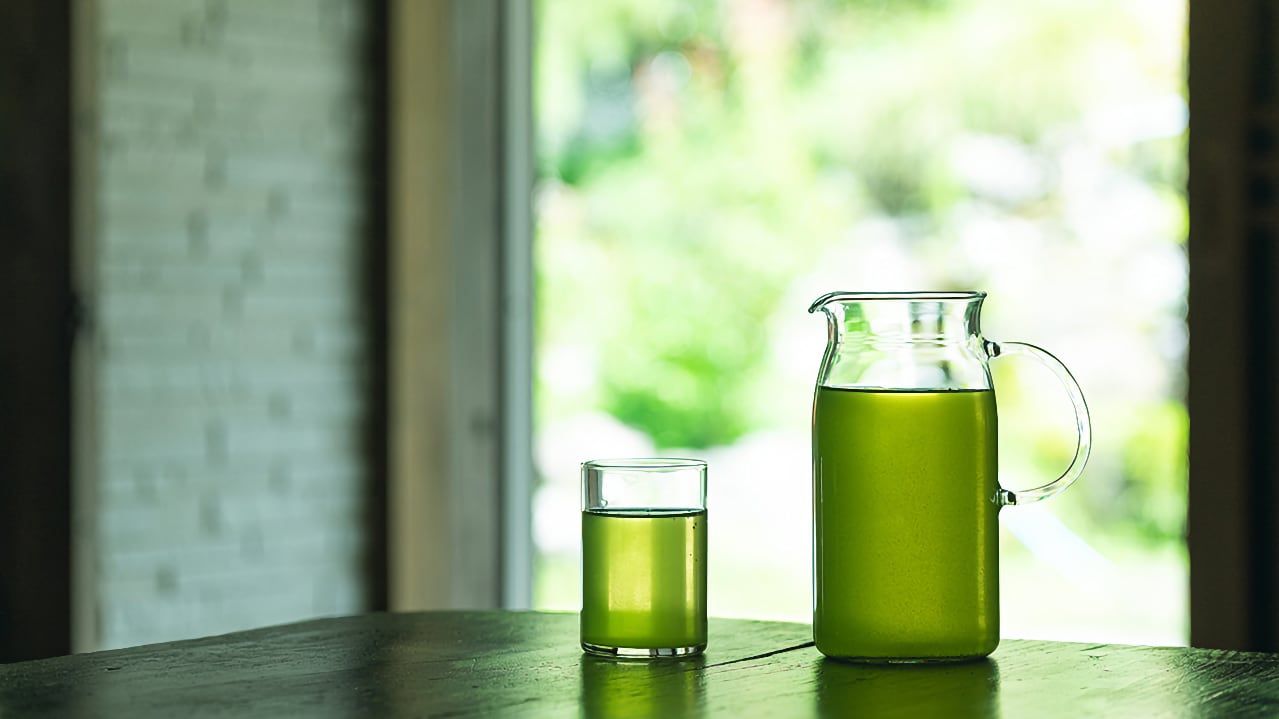June 2024 - Shincha from Ureshino
This June, Tomotcha takes you back to Ureshino (嬉野) in the Saga prefecture (佐賀県), on the island of Kyushu (九州) for a Shincha (新茶) or "New Tea". It is a Kabusecha (かぶせ茶) made from the Yabukita (やぶきた) tea cultivar.

Courtesy of the tea producer: Soejimaen (副島園)
Shincha or "New Tea"
Shincha, also known as "new tea," is a special type of Japanese green tea made from the first flush of leaves harvested in early spring. This tea is highly prized for its fresh and delicate flavor, which captures the essence of the season. Unlike other teas, Shincha is picked during a brief window of time, usually between late April and early May, when the young leaves are at their most tender and flavorful. The meticulous care in selecting these early leaves results in a tea that is bursting with a unique freshness that is hard to find in other teas.
The taste of Shincha is remarkably vibrant and refreshing. It offers a harmonious blend of sweet, vegetal, and umami flavors with a hint of astringency that is balanced and smooth. The aroma is equally enticing, often described as a mix of fresh grass and young vegetables, with subtle floral undertones. Shincha availability is limited in that it doesn't keep its flavor profile very long, making it a seasonal treat that tea enthusiasts eagerly anticipate each year.

Courtesy of the tea producer: Soejimaen (副島園)
Exploring Tea Cultivars
The world of tea is vast and varied, with numerous cultivars each offering unique characteristics. Among these, Yabukita (やぶきた) stands out as the most widely grown and popular cultivar in Japan, accounting for more than 75% of the country's tea production. Yabukita is favored for its robust growth, high yield, and adaptability to various climates, making it a reliable choice for tea farmers. The tea produced from Yabukita plants is known for its bright, clear green liquor and well-balanced flavor profile, which combines sweetness, umami, and a pleasant astringency.
Yabukita's dominance in the Japanese tea industry is no accident. This cultivar was developed in the early 20th century by Sugiyama Hikosaburo, who selected it for its superior qualities. The leaves are thick and resilient, making them less susceptible to frost damage, which is crucial for early spring harvests like Shincha. Additionally, Yabukita's flavor is considered the gold standard for Japanese green tea, often described as having a rich, deep umami taste with a clean, refreshing finish. While other cultivars like Saemidori, Asatsuyu, and Okumidori offer their own unique flavors and aromas, Yabukita remains the benchmark by which all other Japanese green teas are measured.

Courtesy of the tea producer: Soejimaen (副島園)
Brewing Shincha
The quantity of tea leaves should be adjusted based on the preferred taste; approximately 5 grams of Shincha is ideal for 200 ml (7 oz) of spring water. The steeping time should last about two minutes in water heated to 70ºC (160ºF) at most. The second and third steepings should be shorter than the first, at a higher steeping temperature.
Enjoy!
